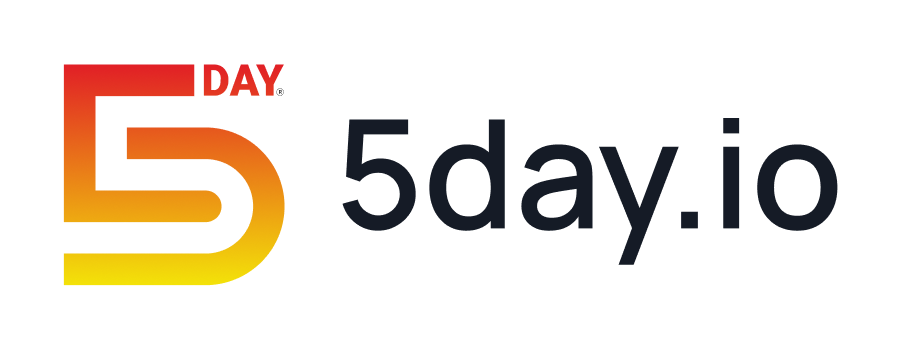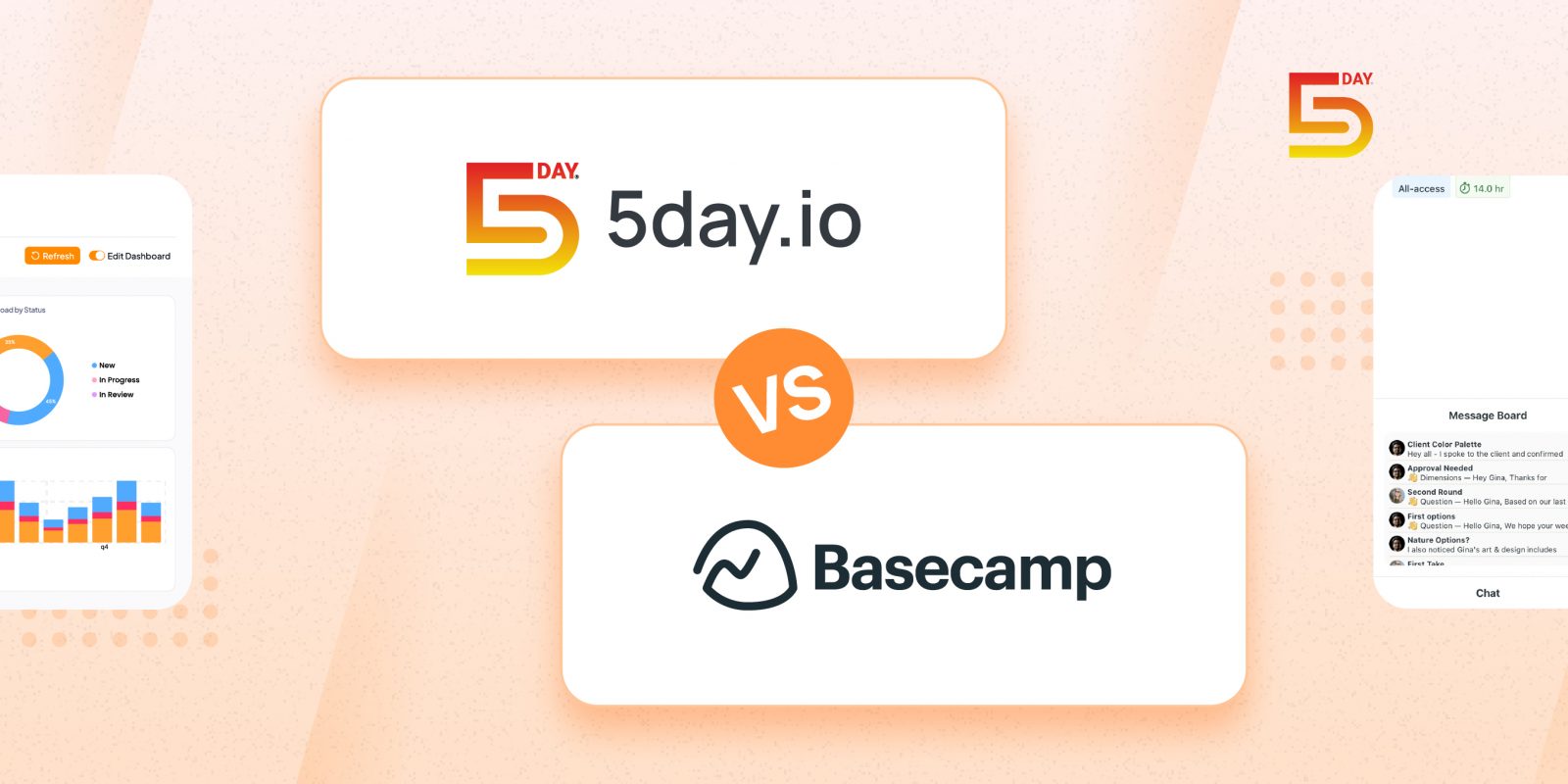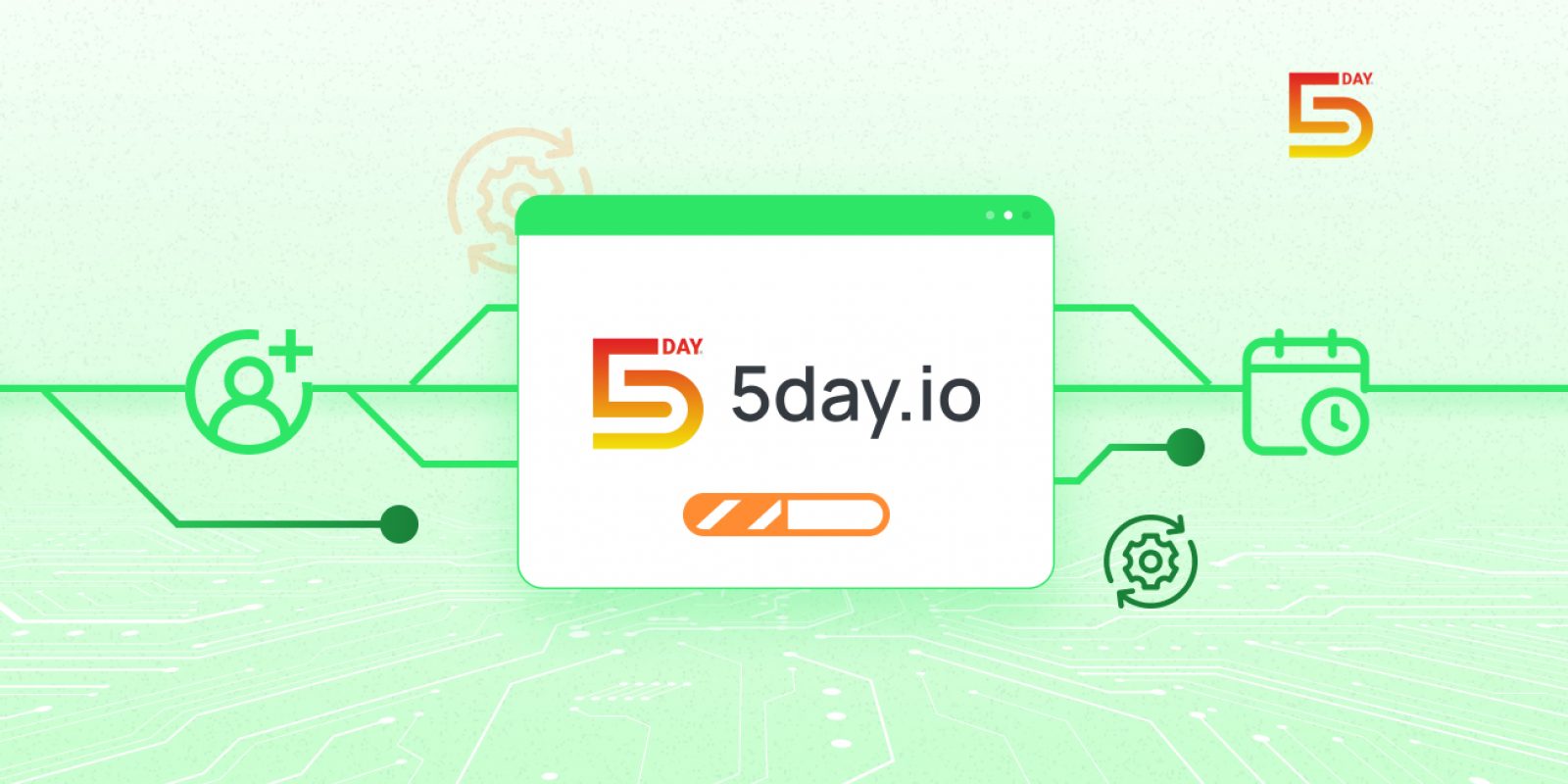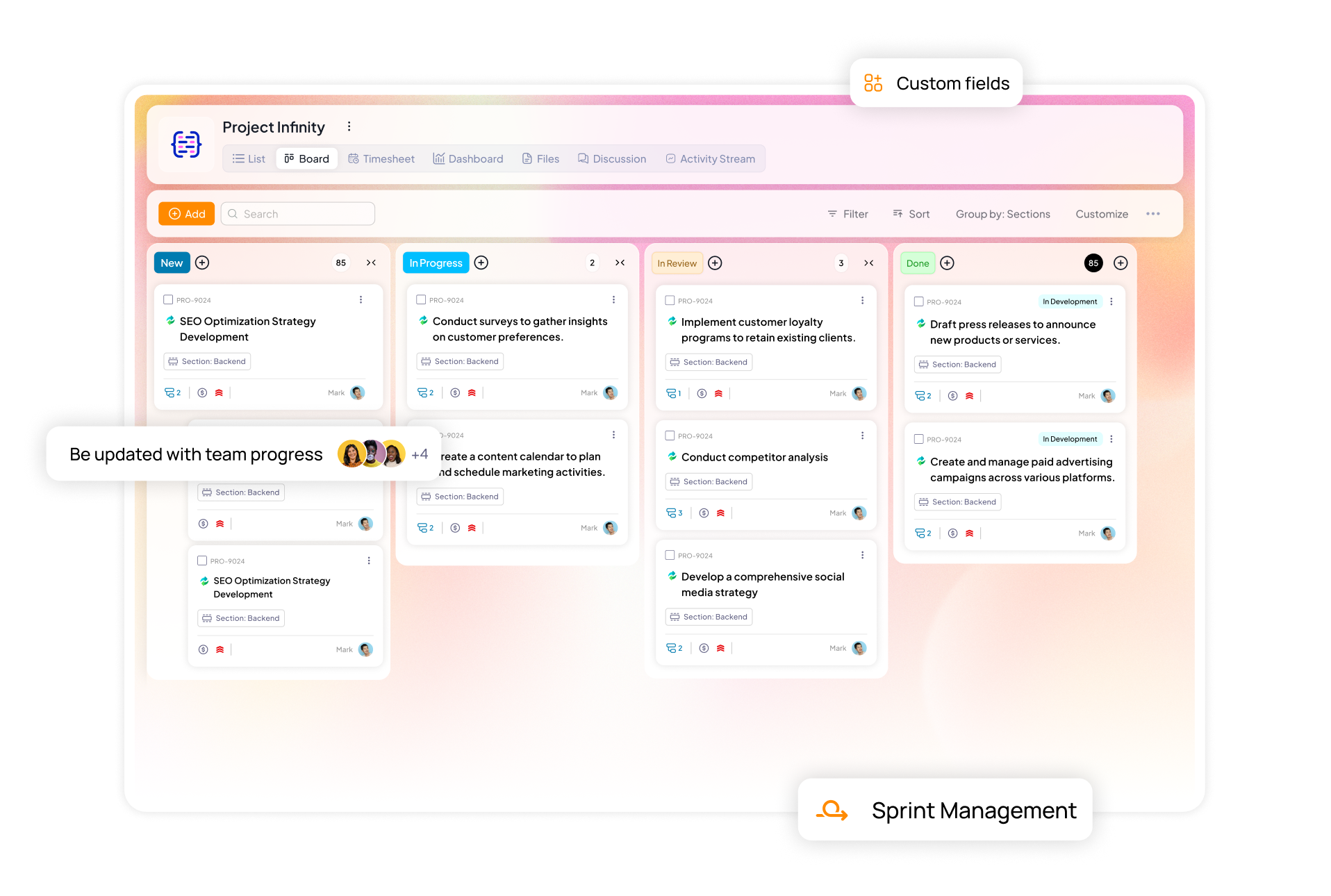On July 20, 1969, NASA achieved one of the most ambitious goals ever: landing humans on the Moon.
But here’s the thing — before Neil Armstrong made his “giant leap for mankind speech,” there were numerous critical steps in the process. Going to the Moon was not possible without designing the lunar module, perfecting space suits, and even conducting Earth-based simulations for landing.
Missing even one milestone could have grounded the entire mission.
Project milestones represent key moments of progress in any project, be it managing a mission to space or getting your product to market. It validates that you’re on the right trajectory and keeps your dream on course.
This article is structured to take you through the importance of project milestones. By the end of it, you will know how to create milestones in project management (even your ongoing ones) and examples of how they look.
What are project milestones?
Project milestones are used to pinpoint a specific time in a project. They act as checkpoints that indicate the completion or beginning of an important moment in the project lifecycle.
Think of them as signposts that let you, as a project manager and all the stakeholders, know if the project is on track or not.
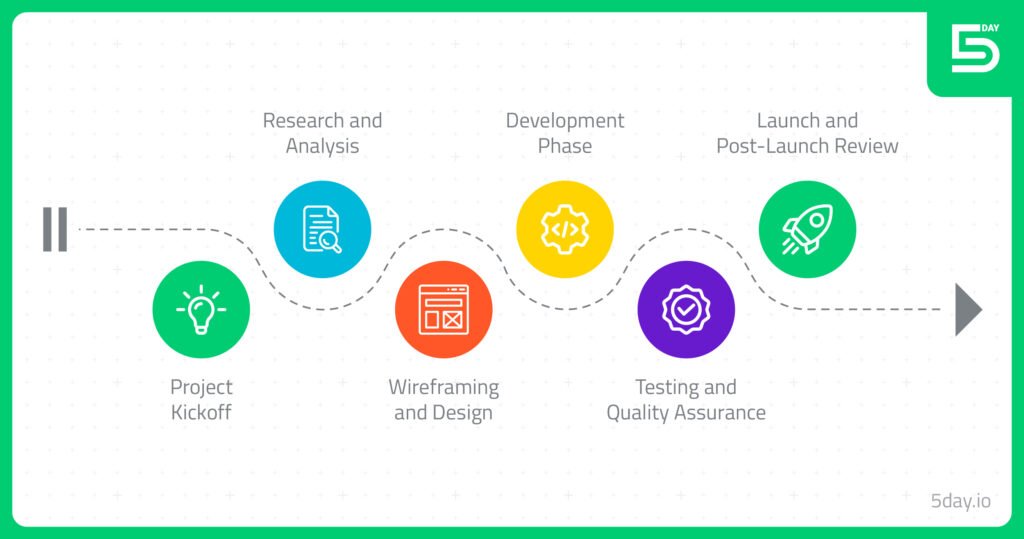
How to create project milestones
Before we get into understanding how to set milestones, let’s see how a project milestone differs from all the other aspects of a project.
In its essence, key milestones in project management are based on moments rather than strictly on objectives, tasks, or deliverables. This means understanding which points of time in your project will be important or denote something of significance.
In a project lifecycle, the 5 main phases or milestones are project initiation, planning, execution, monitoring, and closure.
Learn more: How to define scope creep effectively
But milestones in project management go a layer deeper.
For example:
Project initiation milestones can be:
- Project charter approved
- Stakeholder identification completed
Project planning milestones can be:
- Project plan finalized
- Risk management plan developed
Project execution milestones can be:
- Project kickoff meeting held
- First deliverable completed
Project monitoring milestones can be:
- Mid-project review conducted
- Performance metrics analyzed
Project closure milestones can be:
- Final deliverables accepted
- Project closure report completed
Is setting up project milestones important?
Milestones in project management are necessary to align expectations and keep the project moving forward. They are a record of the project’s progress. Milestones help you understand the direction your project is taking, and outline the priorities for everyone involved.
For example:
Let’s say you want to take up a website redesign project. The tasks for the same would look like:
- Research user behavior and competitors
- Conduct stakeholder interviews
- Create user personas
- Wireframe new layout
- Design mockups based on feedback
- Code frontend (HTML, CSS, JS)
- Develop backend integrations
- Perform QA testing (across devices/browsers)
- Implement final revisions post-testing
- Prepare for and execute the website launch
But if you strip away the tasks, the milestones should still clearly map out the project’s key phases:
Research → Design → Development → Testing → Launch
This perfectly highlights the importance of setting up key milestones in project management. They provide a clear outline of the project’s progress and give you a direction to create the tasks that will contribute to your project’s final goal.
Besides this, project milestones also help in:
- Identifying potential risks early on by acting as a checkpoint, so if you miss a milestone, it indicates that corrective action is needed
- Working as a communication tool between you and the stakeholders as they can see what is going on with the project without tracking individual tasks
- Planning and managing resources to increase efficiency and assessing past checkpoints
Examples of project milestones
Setting milestones in project management is easy, if done with consideration of all the key aspects. In practice, some examples of project milestones can look like:
- Marking a critical task in your project, like competitor research or building a team
- Highlighting the beginning or end of an important phase like project planning
- Spotlighting a major deliverable like 50% order completion or 80% project completion
- Achieving important targets or KPIs set by the stakeholders
Continuing the example of the website revamp, here is what the milestone template for it would look like:
Milestone | Description | Date |
Project Kickoff | Official start of the project with the team and stakeholders. | January 10, 2025 |
Requirements Gathering Completed | All user and business requirements have been gathered and documented. | January 24, 2025 |
Design Mockups Finalized | Approval of design mockups by stakeholders. | February 15, 2025 |
Development Phase Completed | Completion of frontend and backend development. | March 30, 2025 |
User Acceptance Testing Completed | Successful testing by users to ensure satisfaction with the final product. | April 10, 2025 |
Website Launch | Official launch of the redesigned website. | April 15, 2025 |
Project Closure | Final review and closure of the project. | April 20, 2025 |
Wrapping up
Project milestones are a powerful tool that can save your project from detracking, highlight inefficiencies, and help increase trust from the stakeholders. They positively impact every stage of your project, from planning to execution.
Want to start your project management journey?
Start now and try all the premium features free for 30 days.
Frequently asked questions
1. How to create a milestone schedule?
To create a milestone schedule, list key project deliverables, tasks, and highlights with deadlines and assign specific tasks to each milestone. Prioritize clarity and set realistic timeframes to make sure the milestone tracking is accurate.
2. What tool is used for creating and visualizing common project milestones?
A project milestone Gantt chart is a powerful tool used to visualize milestones and keep them on track.
3. What are the common pitfalls in project timeline with milestones?
Common pitfalls when setting milestones include setting too many, which can overwhelm the team. Avoid confusing milestones with tasks; milestones mark specific moments in time, while tasks track the work leading up to them. Lastly, keep milestones integrated within your project management tool to manage all work in one place for better progress tracking.
